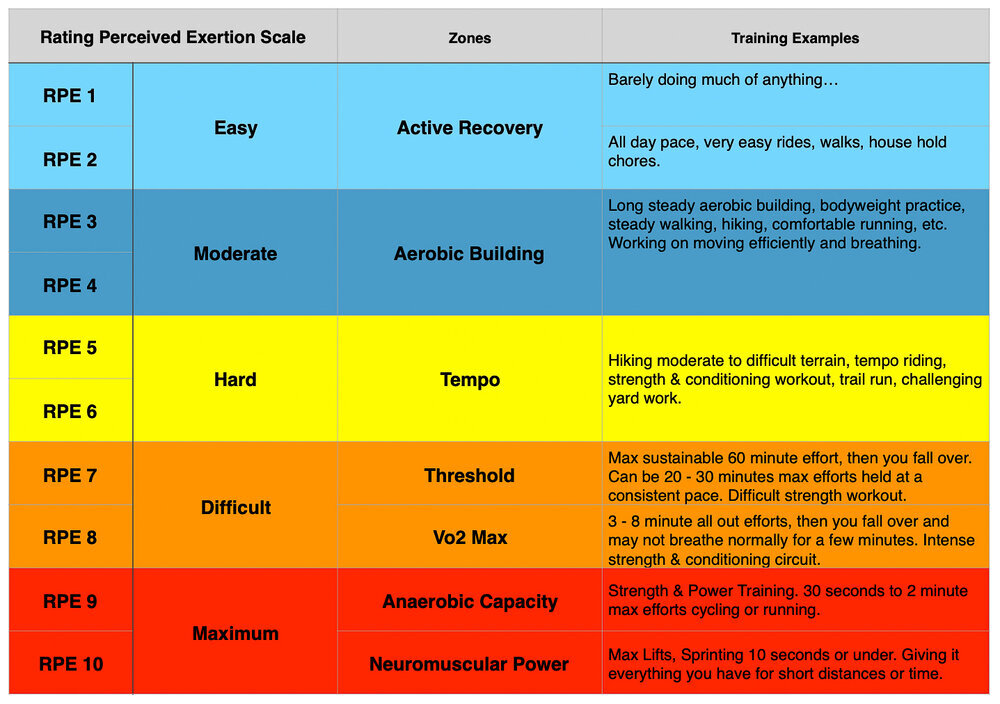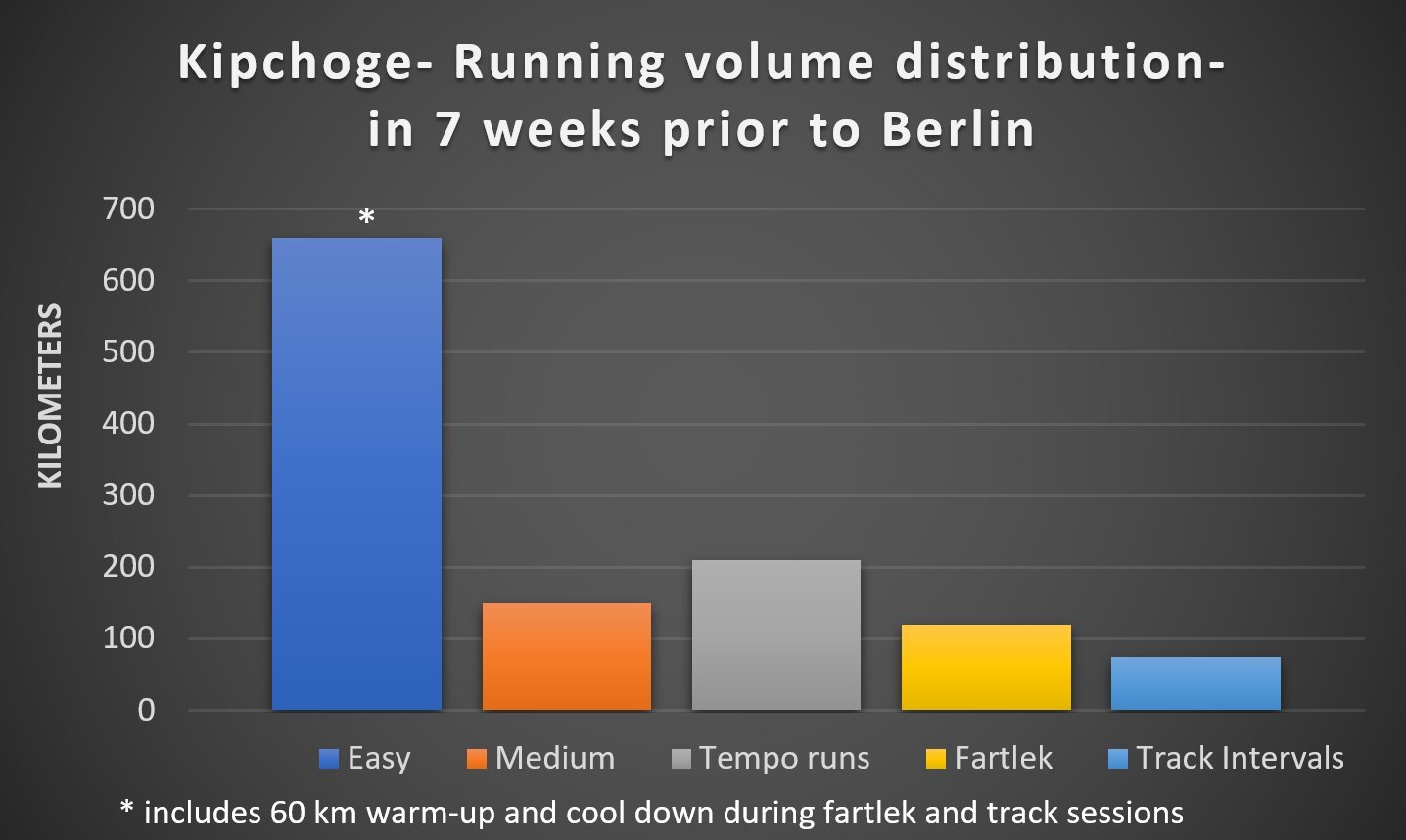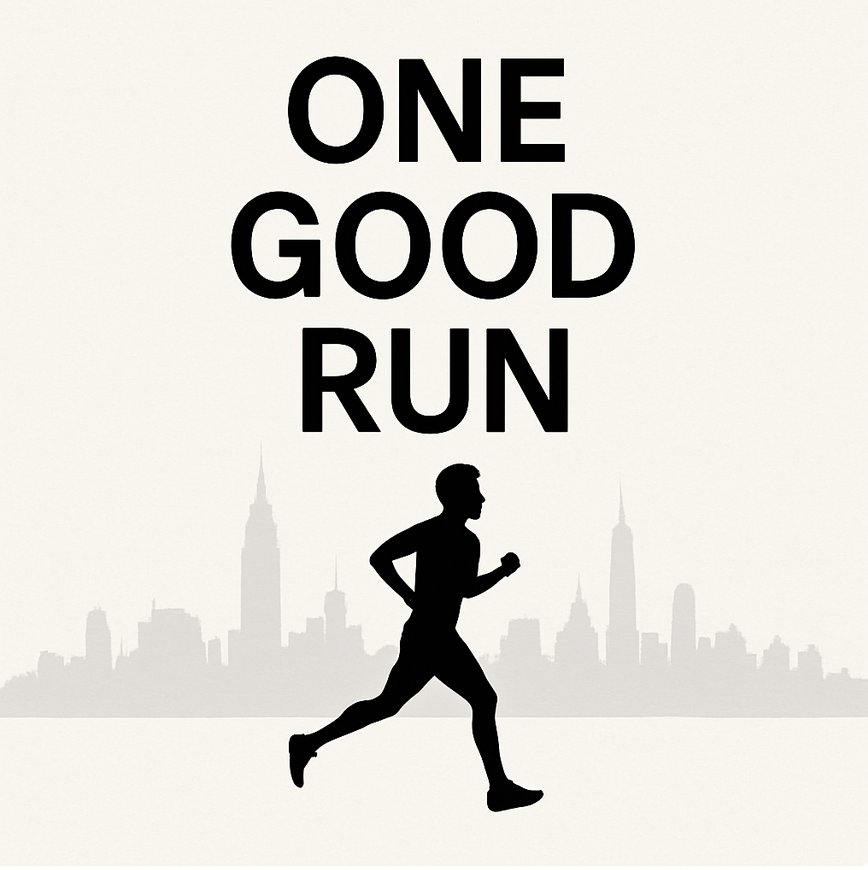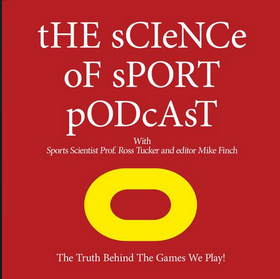Guest Post written by David Dack (fitness blogger and running expert).
Thinking about running your very first 10K but nervous because you have zero running experience?
Fret no more, my friend!
Running a 10K without stopping is a great target to have. The race is 6.2 miles. Don’t get intimidated by the distance. It’s a goal that only requires a pair of running shoes, and can be done anywhere.
It’s also good for you. Training for a 10K as a complete beginner can rev up your exercise routine like nothing else.
You can also train for the distance with zero running experience—as long as you train the right way. That’s where today’s post comes in handy.
In today’s post, I’m sharing with you a complete 12-week beginner 10K program that will take you from being a complete beginner to a 10K fanatic.
But before I do that, let’s first discuss some beginner runner tips and guidelines. These what you’ll need to set you on the right path toward success.
Walk First
If you’re really out of shape and/or haven’t exercised before, it’s always wise to introduce some movement to your life before you start any form of intense training, especially the 12 weeks training plan shared below.
Your early workouts on the program are around 40 minutes long.
So, if you find it hard to walk for that length of time, you’re not ready for the program.
Nothing can kill your 10K ambitions like an injury. That’s why it is critical to assess your fitness ability and train within your limits.
Here’s how to proceed. Build walking endurance first. Your goal is to build enough endurance to be able to comfortably walk for 60 minutes or over. To get there, start by walking three to four times per week, slowly building your walks up to longer than 60 minutes each.
Once you can briskly walk the entire duration without panting for air, you’re ready to tackle the 10K training plan.
The Walk/Run Method
Never run a mile in your life? Don’t worry.
Your first few workouts should be a mix of jogging and walking. This is what’s known as the walk/run method in the fitness circles, and it works very well to build stamina without running the risks of injury or burnouts.
The walk/run method uses intervals of low intensity running as well as walking, steadily building your confidence and endurance.
This simple method lets your body gradually acclimatize to running, allowing your muscles to recoup, which helps you prevent the risk of soreness, injury, and overtraining while making your training more fun.
You need to do it right.
Run slow enough at the start of every session so that you don’t feel completely drained at the end.
Don’t hesitate about taking breaks neither.
As you build endurance, spend more time running—or jogging—while taking shorter and fewer walking breaks.
And most importantly, remember to incorporate as many walk breaks as needed, especially during the first few weeks.
Don’t push your body more than it can handle; otherwise, you’re heading in the wrong direction.
Take Rest
Aside from staying sedentary for the rest of your life, probably the worst thing you can do is to ignore your body ‘s needs for rest and rejuvenation.
For this reason, make sure to include recovery days each week and focus on recovery practices as much as you prioritize training.
I’d go as far as to say that recovery is as important as the training itself.
Good recovery practices include:
· Sleeping at least eight hours per night
· Stretching
· Foam rolling
· Nutritious diet
· Rest days
The Plan
The 12-week plan is super beginner friendly and assumes that you have zero running experience. It has been crafted to get you round your first 6.2 miles race, hopefully with as fewer walking breaks as possible.
You’ll train three days a week on this 12-week plan. Make sure to space out your training days to allow for recovery. For example, you might choose a Tuesday, Thursday, and Saturday schedule. It’s up to you.
Start each session with a 5-minute warm-up that consists of a brisk walk. During your first few sessions, you’ll be running and walking for similar lengths of time, but by week four, you’ll be spending more and more time running while reducing the frequency and length of walking breaks.
Sure, the 12-week plan is more ambitious than the typical couch to 5K, but that doesn’t mean that it’s out of the realm of possibility—even if you haven’t run since high school and/or completely out of shape.
Month One
Week 1
Session I – Run 1-minute. Walk 2-minute. Repeat seven times.
Session II– Run 1-minute. Walk 2-minute. Repeat eight times.
Session III– Run 1-minute. Walk 2-minute. Repeat nine times.
Week 2
Session I– Run 2-minute. Walk 2-minute. Repeat five times.
Session II– Run 2-minute. Walk 90-seconds. Repeat seven times.
Session III – Run 90-seconds. Walk 1-minute. Repeat eight times.
Week 3
Session I– Run 2-minute. Walk 1-minute. Repeat six times.
Session II – Run 2-minute. Walk 1-minute. Repeat eight times.
Session III – Run 2-minute. Walk 30-second. Repeat ten times.
Week 4
Session I– Run 2-minute. Walk 30-second. Repeat ten times.
Session II – Run 3-minute. Walk 1-minute. Repeat six times.
Session III – Run 3-minute. Walk 30-second. Repeat six times.
Month Two
Week 5
Session I– Run 4-minute. Walk 1-minute. Repeat six times.
Session II – Run 4-minute. Walk 1-minute. Repeat eight times.
Session III – Run 5-minute. Walk -minute. Repeat six times.
Week 6
Session I– Run 5-minute. Walk 1-minute. Repeat eight times.
Session II – Run 7-minute. Walk 2-minute. Repeat four times.
Session III – Run 7-minute. Walk 1-minute. Repeat six times.
Week 7
Session I– Run 8-minute. Walk 1-minute. Repeat four times.
Session II – Run 10-minute. Walk 2-minute. Repeat three times.
Session III – Run 10-minute. Walk 1-minute. Repeat three times.
Week 8
Session I– Run 12-minute. Walk 2-minute. Repeat three times.
Session II – Run 15-minute. Walk 2-minute. Repeat three times.
Session III – Run 20-minute. Walk 2-minute. Repeat two times.
Month Three
Week 9
Session I– Run 25-minute. Walk 2-minute. Repeat two times.
Session II – Run 30-minute. Walk 2-minute. Run 20-minute
Session III – Run 35-minute. Walk 3-minute. Run 15-minute
Week 10
Session– Run 30-minute. Walk 3-minute. Run 15-minute
Session II – Run 35-minute. Walk 3-minute. Run 15-minute
Session III – Run 40-minute.
Week 11
Session– Run 45-minutes.
Session II – Run 50- minutes.
Session III – Run 55-minutes.
Week 12
Session I– Run 50 minutes.
Session II – Run 25 minutes. Walk 5-minute. Repeat two times.
Session III– Run 60 minutes.
About the author:
David Dack is an established fitness blogger and running expert. When he’s not training for his next marathon, he’s doing research and trying to help as many people as possible to share his fitness philosophy.
Check his blog Runners Blueprint for more info.
















































